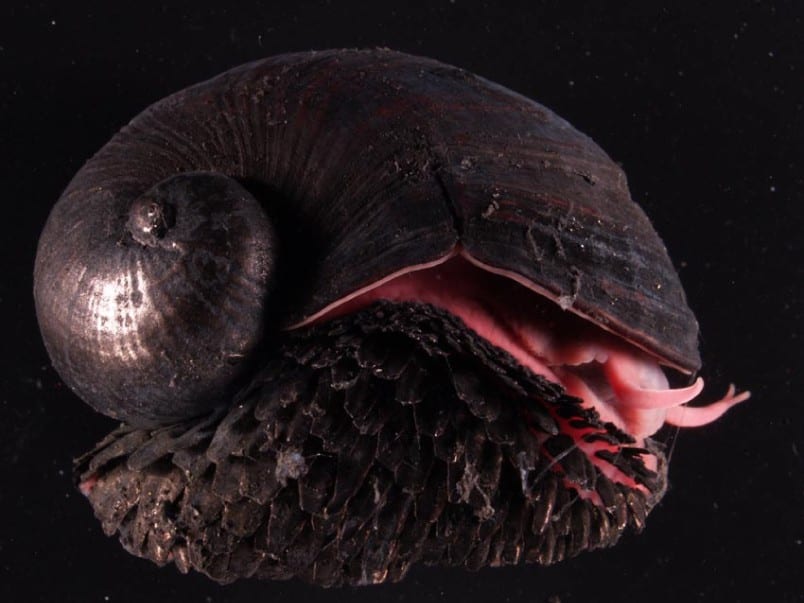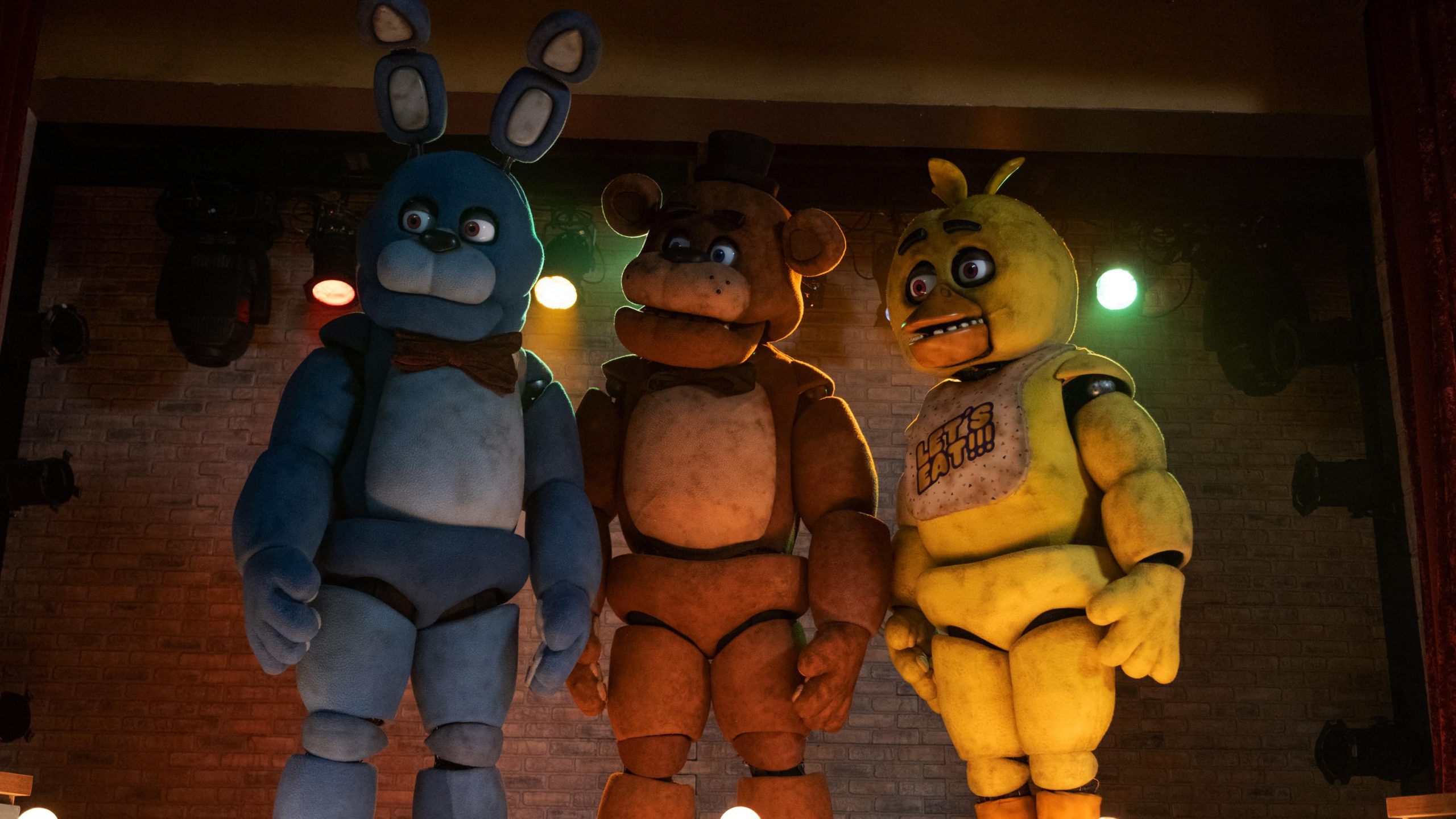By Rachel Benoit
Is there really such a thing as a “dangerous” dog breed? When asked, most people might immediately think of bigger dogs such as the German shepherd, Rottweiler, or Doberman as being obvious choices.
But it seems that whenever there is news of a lethal dog attack, the pit bull is the culprit who is being named by the media as a vicious killer. Caesar Millan, the dog behaviorist seen on the NatGeo WILD series “Leader of the Pack,” polled over 10,000 viewers about the most aggressive dog breed and, to no one’s surprise, the pit bull made the list.
Well, there is a surprise – the Dachshund is considered the most aggressive dog breed, followed by the Chihuahuas and Jack Russell terriers. 
There have been recent studies, such as the one conducted at the University of Pennsylvania in 2012, that found the smaller breeds are more inclined toward violence, while pit bulls scored average or below average for hostility.
Pit bulls are not more prone to aggression than other dogs, but they can obviously do more damage than the ankle-biters. So when they bite, people remember it.
However, as Millan would agree, no dog is naturally violent. People make them that way, whether it is through ignorance, violence, or a lack of proper handling.
The pit bull has both loyal defenders and hard-core critics. To say that every pit bull is dangerous is completely wrong. To say that every pit bull would never hurt a fly is also wrong. All dogs are individuals, and we can’t expect them be the same just because of similar genetics.
The American Society for the Prevention of Cruelty to Animals states, “It’s important to realize that even though a breed may be characterized by certain behaviors, individuals of the same breed can vary tremendously … Like people, all dogs have unique personalities.”
Some may argue that this desire for blood is something that pit bulls are born with, an inherent genetic problem. Let’s back up and look at facts.
First off, labeling the pit bull as a breed is incorrect, because it is a term used to describe a wide array of mixed-breed dogs of a similar physical type. Many dogs we classify as pit bulls originate from pure breeds like the American Staffordshire Terrier, the American Bull Dog, and the American Pit Bull Terrier.
How did our modern version of the pit bull come to be? Time for a little history lesson. The pit bull’s ancestors came from England (bred from the bulldog) and served the purpose of a “gripping dog” for hunters of large game. Eventually, these dogs were made to participate in the inhumane blood sport called “baiting.” Spectators would put dogs up against bulls, bears, and other large animals for entertainment.
During such events, one or more dogs often fought their opponent to the death by biting the face or head, using their powerful jaws to maintain an almost unbreakable grip. Animal baiting was banned in the 1800s, but people just started pitting the dogs against each other – and dog fighting was born.
As dog fighting grew in its popularity, breeders started to develop lighter, more agile dogs for the fighting ring, ones that were smaller in size but still were strong and athletic. But just because the pit bull’s past has a lot of blood and violence doesn’t mean that they should be condemned. In fact, the part of the reason that they were chosen as fighting dogs was because of their friendly personality with humans. Handlers wanted to be able to take hold of their dogs without being bitten – something Michael Vick might know something about.
Owning any type of dog is a huge commitment, and handling a larger breed comes with a responsibility for safety when it comes to its interaction with other dogs and people. It’s obvious that a bite from a pit bull will do more damage than that from a vicious Chihuahua, but I also think its wrong for a certain breed to be characterized as being naturally aggressive.
The media calls them killers because it brings in publicity and viewers, while other dog attacks go unreported. Often I believe it’s the owner who is at fault, not the dog. The ASPCA seems to feel the same way.
They say, “Despite this bad rap, a well-bred, well-socialized and well-trained pit bull is one of the most delightful, intelligent and gentle dogs imaginable … It is truly a shame that the media continues to portray such a warped image of this beautiful, loyal and affectionate breed. So before you make up your mind about them, get to know a few pit bulls. You may be surprised.”

February 16, 2024
February 16, 2024

February 16, 2024

February 16, 2024
Trending Stories
Pit bulls: a beautiful breed
May 5, 2013
View Comments (2)














Run A Muck Ranch • May 12, 2013 at 12:18 am
Thank you for this!
Kärin Radock • May 7, 2013 at 8:44 pm
I am Kärin Radock and I’m an associate editor-elect for Framingham State University’s independent student newspaper The Gatepost. I like this opinion piece because it addresses both sides of the pit bull dilemma, and also because I know a pit bull owner who’s dog was only ever described as sweet and friendly. Check out The Gatepost’s website http://thegatepost.com/ and my blog Confessions of a Student Newspaper Editor http://confessionsofastudentnewsie.wordpress.com/.